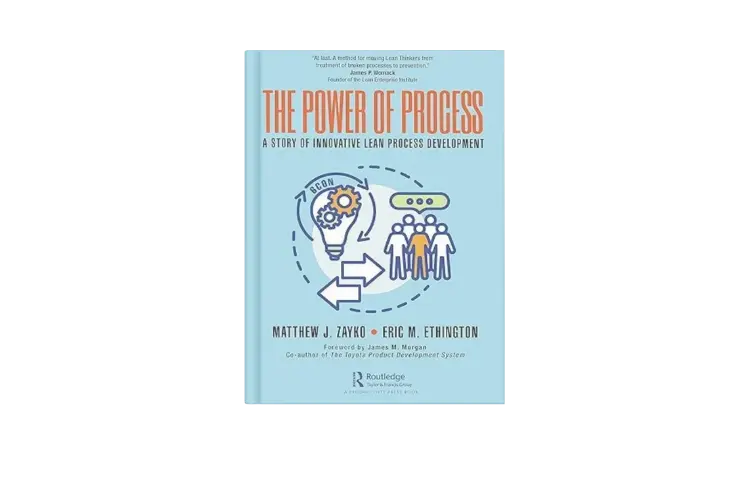Discover the power of continuous improvement with Kaizen and Touzan.
The journey to operational excellence is paved with countless improvement strategies. Two of the most prominent approaches are Kaizen and Touzan. While both share the goal of enhancing efficiency and quality, their philosophies and implementation differ significantly. Understanding these differences is crucial for businesses seeking to optimize their operation’s.
What is Kaizen?
Kaizen is a Japanese philosophy that emphasizes continuous improvement through small, incremental changes. It involves everyone within an organization, from top management to frontline employees, working together to identify and eliminate waste, improve quality, and increase productivity. Kaizen is about creating a culture of innovation and problem-solving where everyone feels empowered to contribute to the betterment of the business.
What is Touzan?
Touzan, on the other hand, focuses on rapid and radical improvement through breakthrough projects. It involves a more concentrated effort on specific problem areas, aiming to achieve significant results in a shorter timeframe. Touzan is often employed when drastic changes are required to address critical challenges or capitalize on new opportunities.
Too Much Too Soon: The Pitfalls of Overhauling Your Processes
Implementing sweeping changes without careful planning can lead to unexpected challenges. Overhauling your processes too quickly can disrupt workflows, decrease morale, and ultimately hinder progress. It’s essential to find the right balance between ambition and practicality.
Slow and Steady Wins the Race: The Dangers of Incrementalism
While Kaizen emphasizes gradual improvement, it’s equally important to avoid complacency. A “slow and steady wins the race” mentality can lead to stagnation if not accompanied by a focus on breakthrough initiatives. Organizations must strike a balance between continuous improvement and targeted, high-impact projects.
Penny Wise, Pound Foolish: The Cost of Short-Term Thinking
Short-term cost-cutting measures can often lead to long-term consequences. Sacrificing investments in training, technology, and process improvement to save money can hinder your organization’s ability to adapt and grow. A holistic view of costs, considering both immediate and future implications, is essential for sustainable success.
Learning from the Experts: Paul and Leslie’s Approach
In “The Power of Process,” authors Matthew Zayko and Eric Ethington highlight the importance of focused experimentation. Paul and Leslie’s decision to concentrate on critical items for their experiment underscores the value of prioritization in process improvement. By targeting high-impact areas, organizations can maximize the return on their improvement efforts.
Building a Strong Foundation: The Role of System Architects and Responsible Experts
Successful process development requires a collaborative approach. System architects provide the overarching framework, while responsible experts contribute in-depth knowledge and expertise. The synergy between these roles is crucial for creating effective and sustainable processes.
Creating a Culture of Continuous Improvement
To achieve lasting success, organizations must foster a culture of continuous learning and adaptation. Implementing rapid learning cycles allows businesses to quickly respond to changes in the market and customer needs. Both Kaizen and Touzan, when applied effectively, can contribute to a culture of improvement.
The choice between Kaizen and Touzan depends on various factors, including the organization’s size, industry, and specific challenges. A hybrid approach, combining elements of both strategies, may also be effective. By carefully considering these factors and selecting the appropriate improvement methodology, businesses can enhance their competitiveness and achieve long-term success.
Tired of the same old, same old? Shake things up with The Power of Process. Order your copy from KKBooks today!

